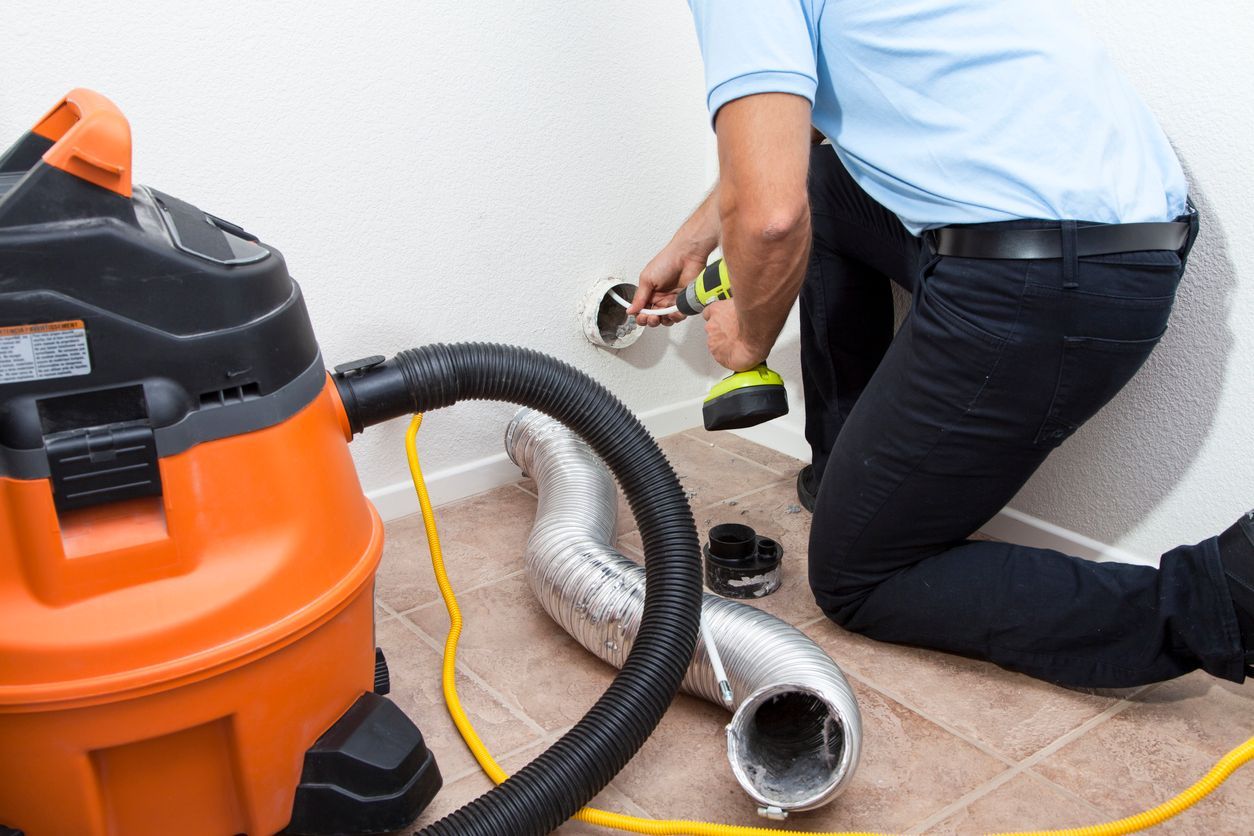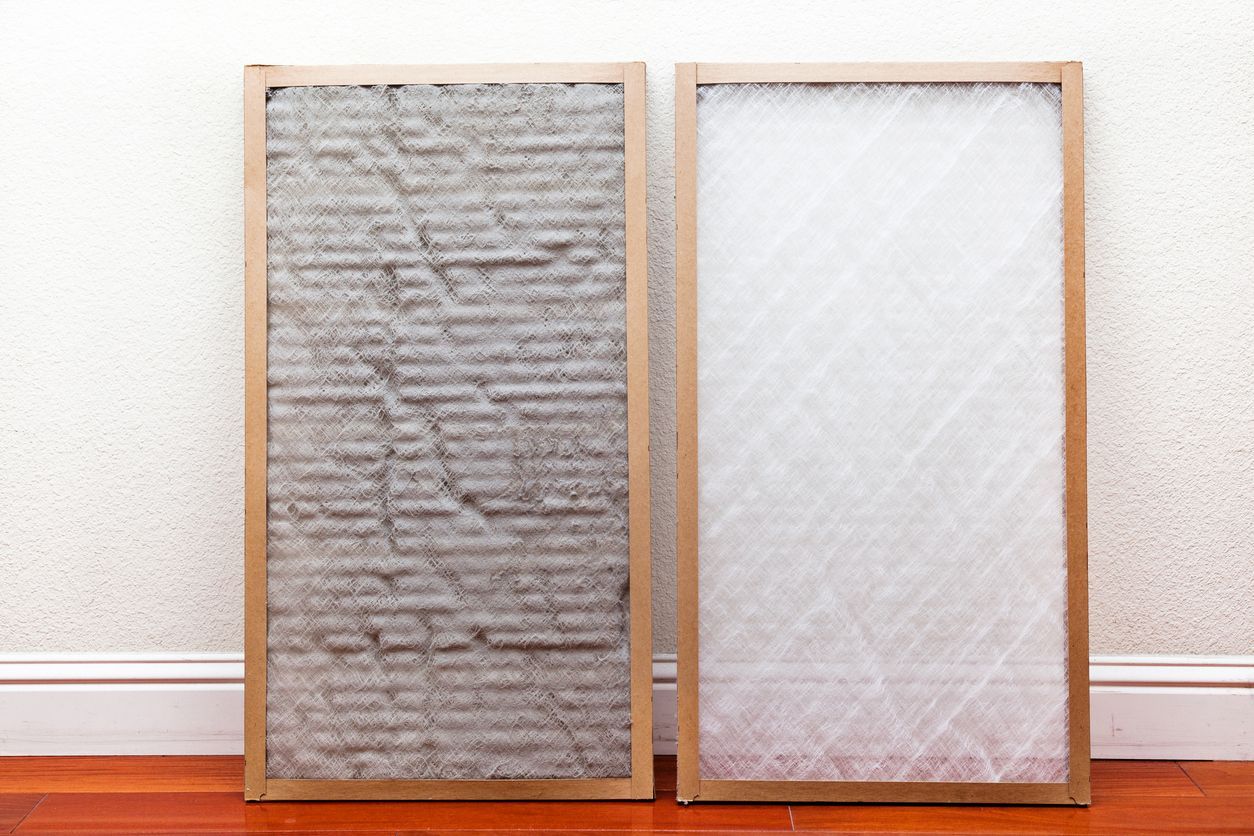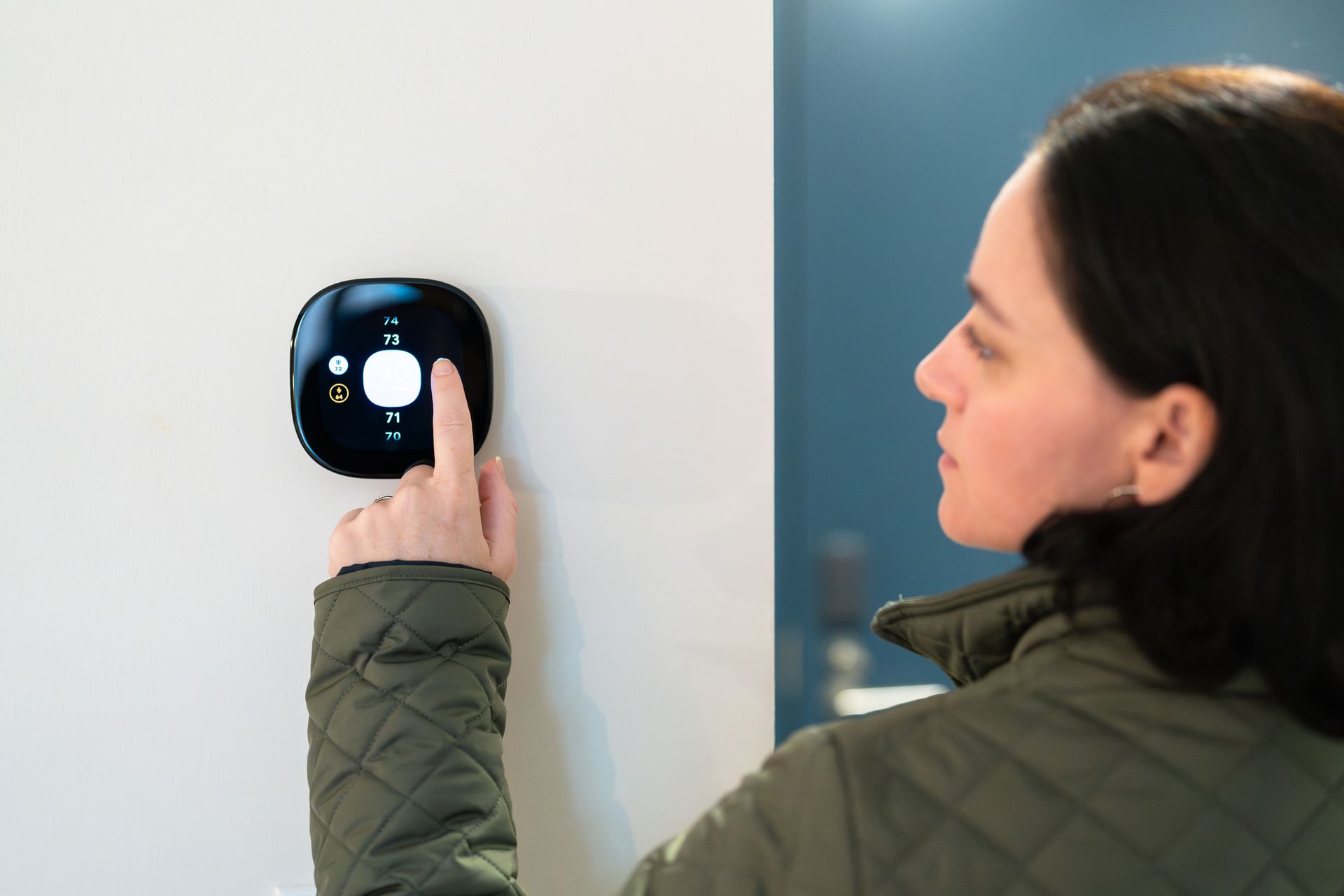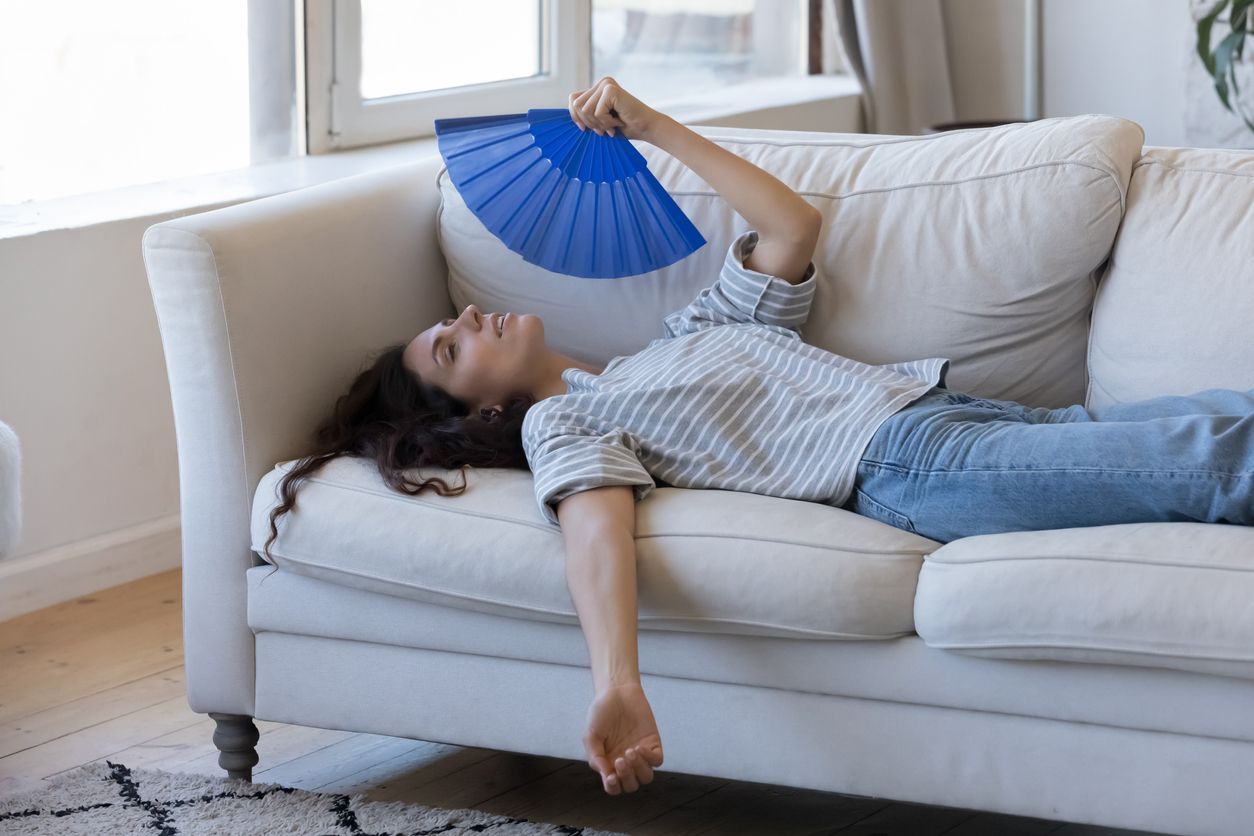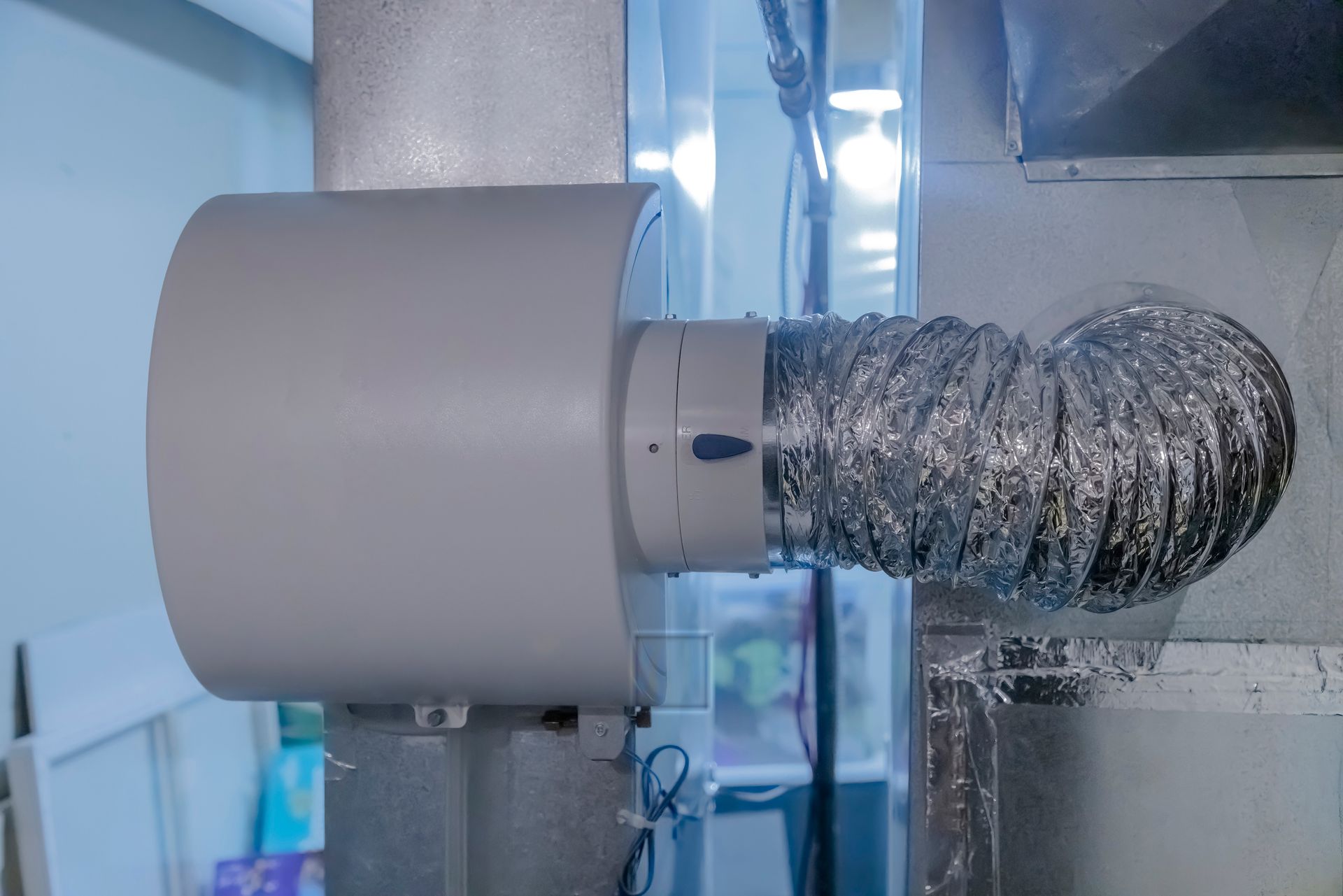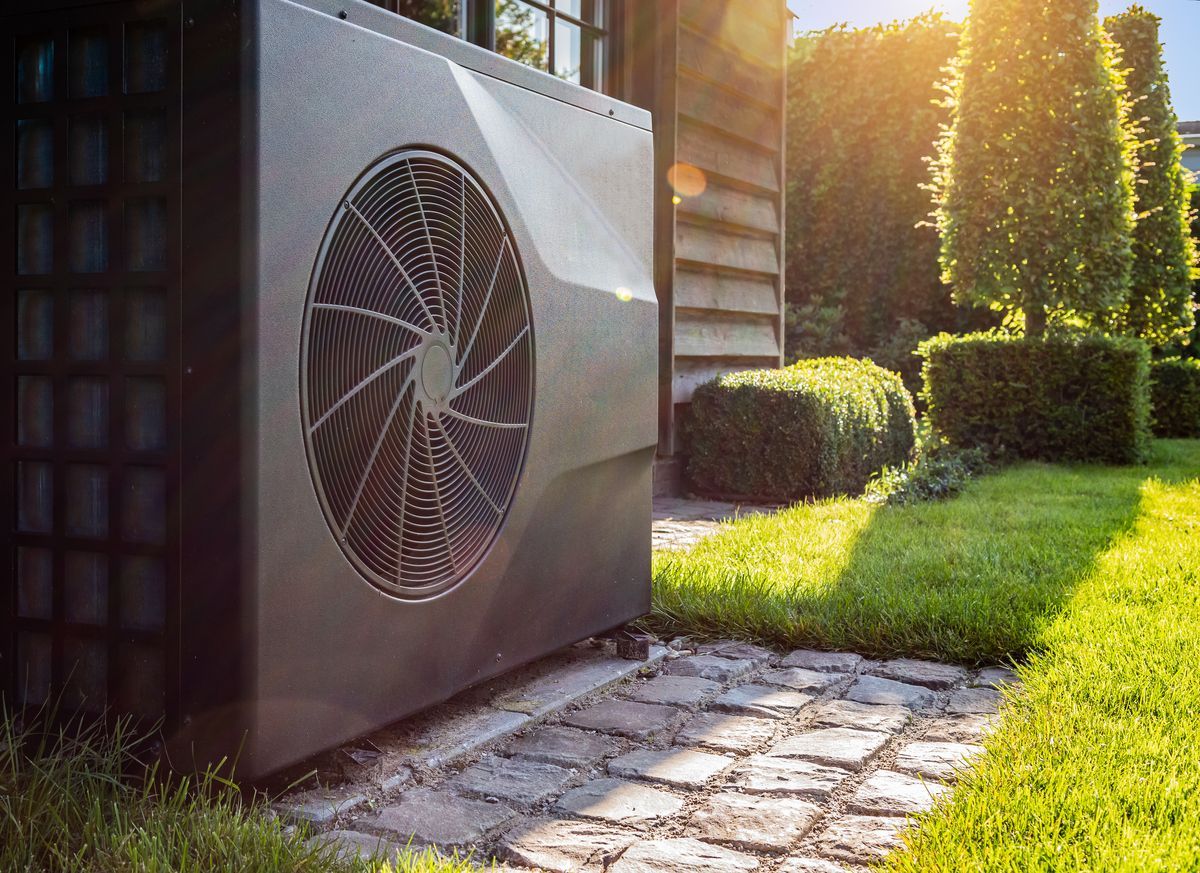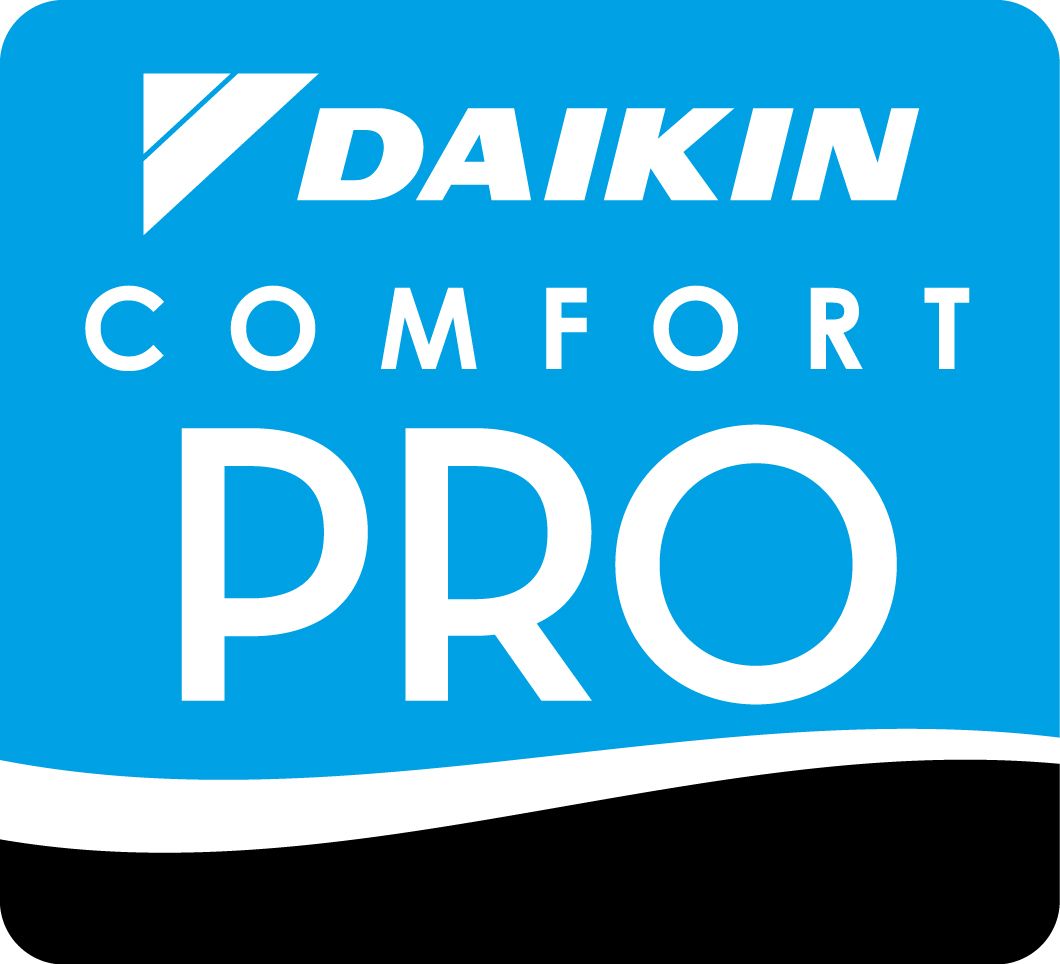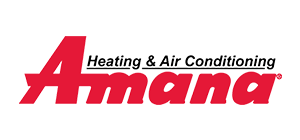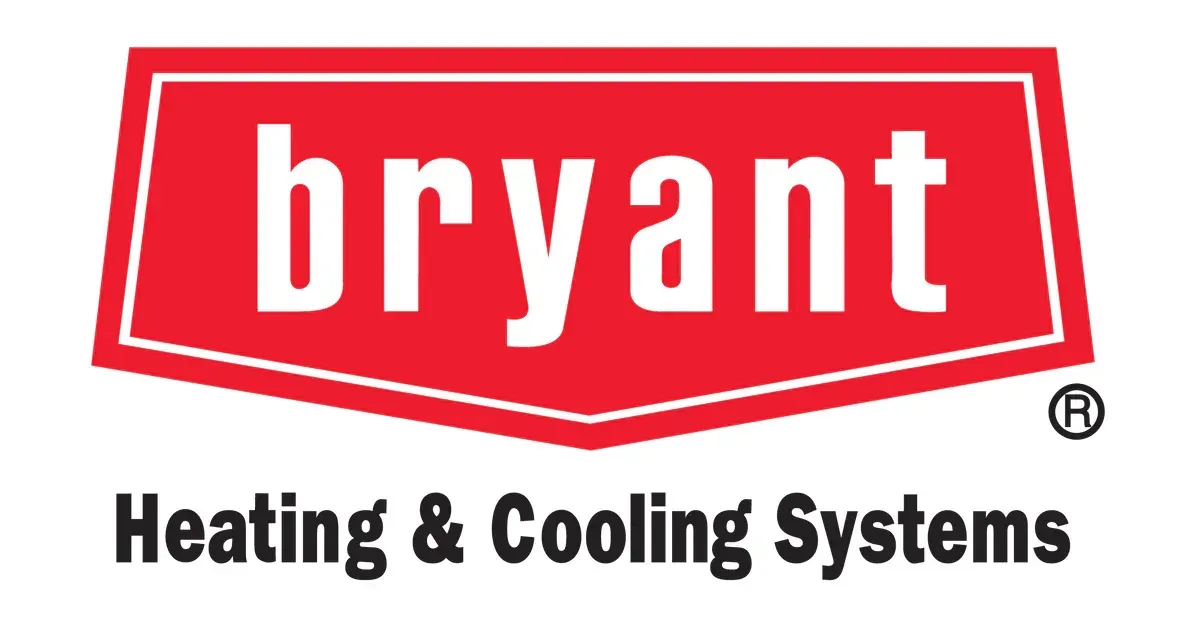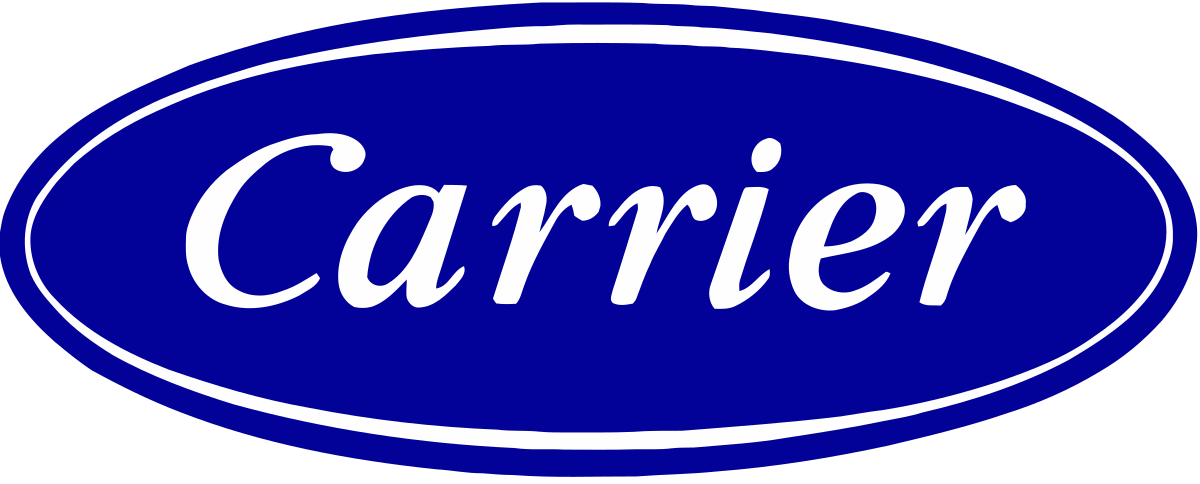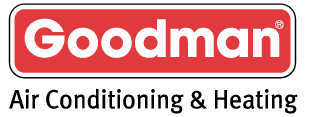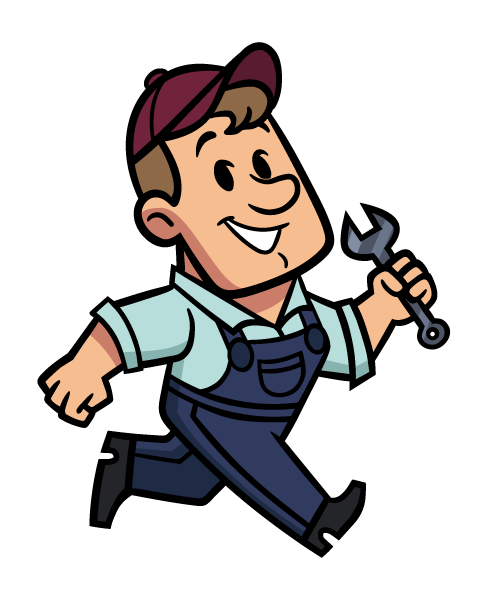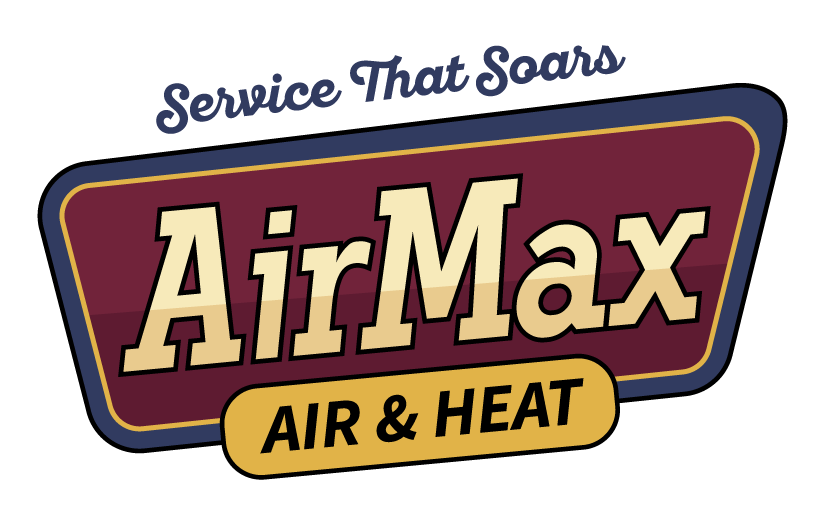Fighting Indoor Allergens with Professional Air Purification
If you’re waking up with a stuffy nose, sneezing more than usual, or noticing a tickle in your throat that lingers, your indoor air might be the reason. Things like dust, mold, and pet dander can settle inside your home or business without you realizing it. Fall allergens, such as pollen drifting indoors from open windows, can stick around and impact how you feel. These particles float through the air and get pulled into your HVAC system, spreading around from room to room.
Air purifiers offer a solid way to cut down on indoor allergens. They go beyond just catching dust on a filter. With the right type in place, an air purifier works with your existing HVAC setup to help trap particles that often lead to sneezing, itchy eyes, or other allergy symptoms. Cleaner air makes your home or workspace more comfortable, especially during seasons when you want to keep windows shut and the air inside moving efficiently.
Common Indoor Allergens and Where They Come From
Knowing what you’re dealing with is the first step to winning the fight against indoor allergens. These tiny particles are often invisible, but they can cause big problems for anyone dealing with asthma or allergies. Even if you don’t have constant issues, being around high levels of allergens can still affect your comfort and focus.
Here are some of the most common indoor allergens:
- Dust mites: These live in bedding, carpets, and soft furniture. They feed on skin flakes and love warm, humid spots.
- Pet dander: Not just fur, dander is made up of tiny skin flakes and saliva that get into furniture, vents, and clothing.
- Mold spores: These grow in damp places like bathrooms, kitchens, and basements. You might see them around windows or under sinks.
- Pollen: It doesn’t just stay outside. Pollen can float in through windows, attach to shoes and clothing, or get pulled in through your HVAC system.
Each of these allergens can thrive in poorly ventilated areas. Once inside, they spread easily and stick to surfaces. For example, a family with a shedding dog might notice that every time they turn on their AC, their allergy symptoms flare up. That’s because dander gets pulled into the system and then recirculates.
Tackling indoor allergens means understanding where they build up and making smart choices about air quality solutions. Good airflow, daily cleaning, and proper filtration all help reduce the buildup of particles in places you spend the most time.
How Air Purifiers Help With Allergens
Air purifiers filter and clean the air in a room by removing particles and contaminants. They don’t just mask odors or move air around. Instead, they pull air in, trap harmful particles, and push out cleaner air.
There are a few main types of purifiers you’ll find in homes and small businesses:
- HEPA filters: These filters trap tiny airborne particles like dust, dander, mold spores, and pollen. They’re one of the most reliable options for allergy relief.
- Activated carbon filters: These work by trapping odors and chemical fumes. While they’re not great at catching allergens alone, they pair well with HEPA filters.
- UV light purifiers: Rather than trapping particles, UV options use light to attack airborne mold, bacteria, and viruses. They complement traditional filters by targeting things filters may miss.
Each filter type plays a different role. If allergies are your main concern, a HEPA filter should be at the top of your list. For spaces with musty smells or chemical fumes, activated carbon is helpful. UV systems add another layer of protection, especially in damp environments where mold might be a problem.
Keep in mind, not all air purifiers are designed the same. Some are built for one room, while others can be integrated into your HVAC system. The size, the type of filter, and even how often the air in a room is circulated all play a part in how well it performs. A setup that works well in a small apartment isn’t going to cut it in a larger office or multi-room home.
When placed correctly and paired with routine HVAC care, air purifiers can make a big difference. Cleaner airflow means fewer symptoms, better focus, and more comfortable living.
Benefits Of Professional Air Purifier Installation
Buying an air purifier is one part of the puzzle. Getting it installed the right way is what really makes the difference. A professional can make sure the purifier fits your setup, whether it’s a small household system or part of multiple rooms in a business. Proper installation also avoids common problems like poor airflow, noise issues, or filters that aren’t doing their job.
When a system is installed by someone who knows what they’re doing, it gets placed where it can capture the most airborne particles. That matters because it’s not just about having a purifier in the room. It’s about having it pull in the most air and trap allergens before they move again. Professionals also check that the size and power of the purifier match the space. A machine that's too small can end up running constantly without actually improving air quality.
Some long-term perks of going with professional setup include:
- Better airflow and circulation, helping the purifier do its job
- Matching you with the right type of filter for your space and needs
- Fewer problems with noise, power use, or blocked vents
- Advice on regular maintenance, like when to switch filters
- Peace of mind knowing your equipment is helping reduce indoor allergy triggers
Cutting corners with setup can seriously limit how effective your purifier is. It’s like getting the best running shoes but not lacing them up. You're not getting the full benefit. Whether you live in a home with pets or manage a workspace where air quality affects multiple people, the quality of your installation matters just as much as the filter itself.
How To Pick The Right Air Purifier For Your Space
Choosing the right purifier depends on more than just checking product ratings or going with what’s trending. The actual size of the room, the types of allergens you’re dealing with, and the noise level you're comfortable with all matter. Fall is a popular time to look at air purification since pollen, ragweed, and mold can easily drift indoors, especially with windows still cracked open during mild Texas evenings.
There are a few simple things to look out for when comparing models:
- Room size match: Make sure the rating (often shown in square feet) covers more than just where the purifier will sit. If it’s going in a living room that connects to an open hallway or kitchen, add that space in too.
- Filter type: HEPA filters are great for catching common allergens. You may want a unit that also comes with activated carbon if you’re concerned about musty smells or chemical exposure.
- Noise level: Some machines get loud when running on high. Look for one with a quiet mode, especially if it’s going in a bedroom or shared area.
- Energy use: Running a purifier most of the day can add up. Energy-efficient models save money year-round.
- Filter indicators: These lights or alerts can help you keep track of when it’s time for filter changes without needing to guess.
A quick example: someone living in a two-story home in Collin County with pets and mild asthma likely needs more than one unit or a system built into their central HVAC. A standalone purifier in just the bedroom won’t prevent dander and dust from floating around other parts of the home.
If you’re unsure about what your home or business setup needs, don’t try to figure it all out through trial and error. A trusted HVAC technician can look at the big picture—your space, the allergy concerns, and your current system—and recommend what’s actually going to work.
Breathe Easier All Year Long
Clean air is something that often flies under the radar until you’re dealing with constant sneezing, itchy eyes, or sleepless nights. Tackling allergens doesn’t have to be complicated, but it does take the right setup and attention to how air moves through your space. From the layout of your home to the habits of your pets, each detail plays a part in your overall air quality.
Having a properly installed purifier means you’re not wasting energy or breathing in the same old recycled allergens. You’re making an everyday upgrade that impacts your comfort in a big way, especially during heavy pollen months or after long, humid Texas summers.
If you're living or working in Collin County and want to lower your exposure to indoor allergies, the right air purifier setup can make a real difference. Cleaner air supports better rest, helps prevent flareups, and makes shared indoor spaces more comfortable for everyone who uses them. Keeping the air clear isn’t just for now. It's something you and your family or coworkers will feel good about all year long.
Improve your indoor comfort with professional
air purifier installation in Collin County. The team at Airmax Air Conditioning & Heating is here to make sure allergens are kept in check and your air stays fresh year-round. Let us help you create a healthier space with the right system and expert installation you can trust.

